Sugar: What You May Not Know
What do you really know about sugar, other than that it tastes good when added to certain foods? Sugar is something that we can get naturally, as well as something that can be added to many of the foods we eat.
Below, you will learn everything there is to know about sugar: the good, the bad, and everything else.
What is Sugar?
Sugar absolutely adds a sweetness to the foods you eat, but what exactly is it? It is a carbohydrate. Carbohydrates break down into glucose in your body. Glucose is used as a source of energy in the body. There are two varieties of sugar:
Natural Sugar: Natural sugar is a sugar that is found in fruits and milk. It is not added to those foods. Sugar found in fruits is called fructose. Sugar found in milk is called lactose.
Added Sugar: Added sugar can be anything from real sugar to sugar substitutes like Stevia. If it’s an added sweetener, it’s sugar. Sugar such as table sugar is sucrose which is glucose and fructose.
The body does not distinguish between these sugars. They are all broken down in the same way in our bodies. The body breaks down all sugars and starches into glucose.
Types of Sugars
There are many different ways you can add sugar to your food. In fact, there are 12 different types of sugars which include natural sugars. Check them out below:
- White granulated sugar
- Powdered sugar
- Superfine Sugar
- Coarse Sugar
- Sanding Sugar
- Light and Dark Brown Sugar
- Turbinado Sugar
- Muscovado Sugar
- Free Flowing Brown Sugar
- Liquid Sugar
- Fruit Sugar
- Invert Sugar
Is Sugar Bad for You?
Sugar gets a bad rap, and many people try to avoid it by buying alternatives such as Stevia, Equal, or Sweet N Low. Here’s the thing, sugar has a bittersweet reputation when it comes to your health.
That is because sugar occurs naturally in every food that contains carbohydrates. You will find natural sugar in fruits, vegetables, grains, and dairy.
Eating whole foods that contain Natural Sugar is okay. Additionally, plant foods contain high amounts of fiber, essential nutrients, antioxidants, and dairy contains protein and calcium.
The reason whole foods are ok is that these foods digest in your body slowly. Thus, the sugar in them gives a steady supply of energy to your cells.
In fact, fruits, vegetables, and whole grains have been shown to reduce the risk of chronic diseases such as diabetes, heart disease, and even some cancers.
So, if sugar has all these benefits, why does everyone keep saying it’s bad for you??
Added Sugar is Bad for You!
The problem is not natural sugars. Our body needs some sugar to turn into glucose to give us energy. However, the problem with sugar is our lack of moderation. All in moderation, I like to say.
Sugar that is added by food manufactures to increase flavor or extend shelf life is what is really bad for you. This is because we are eating way too much sugar in our diet!
Added sugar is found in all kinds of things such as:
- Soups
- Bread
- Cured meats
- Ketchup
- Soft drinks
- Yogurt
- Cereals
- And obviously junk food
- Ice cream (my favorite thing)
According to the National Cancer Institute, adult men consume an average of 24 teaspoons of sugar per day. That’s about 384 calories just in sugar. That’s too much sugar!
Here are just a few of the dangers of consuming too much sugar on a daily basis:
- Heart Disease: Higher consumption of added sugar equals a higher risk of heart disease.
- High Blood Pressure
- Inflammation
- Weight Gain
- Diabetes
- Fatty Liver Disease
As you can see, too much of a good thing can be a bad thing.
Other Uses for Sugar
I love to bake so I’m sharing one of my favorite Sugar Cookie Recipes! Soft Cream Cheese Sugar Cookies
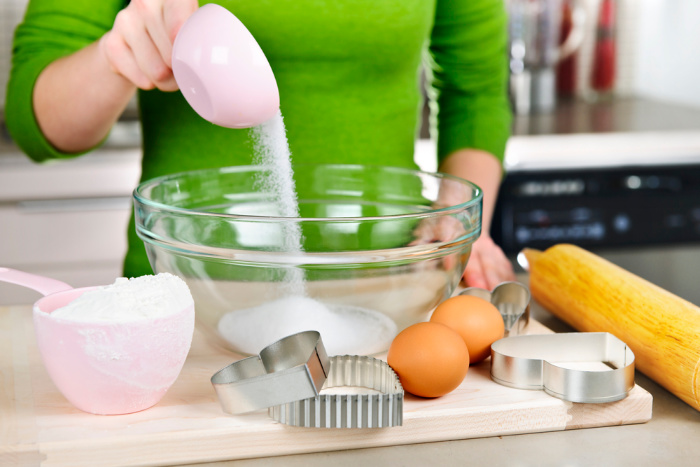
Sugar is versatile in many ways. It isn’t just something that you can use to sweeten your food. It has many other uses and benefits that you may not know. Check them out below.
Medication
Sugar can be used in medication as a coating, to add volume or texture, and flavoring. Additionally, sugar is used as a preservative and an antioxidant.
Stops Hiccups
Hiccups can be a pain, especially for those who get them so bad they are physically painful. By eating a spoonful of sugar, you can stop your hiccups.
Sugar has a grainy texture that irritates the esophagus which causes the phrenic nerves to reset themselves.
Soothes Bug Bites and Bee Stings
Although sugar can attract these pests, it can also alleviate itch and pain associated with a bug bite or bee sting. To soothe these bites or stings, mix equal parts of water and sugar and leave it on for about 20-minutes.
Soothes a Burned Tongue
The next time you inadvertently burn your tongue with hot coffee or a steaming slice of pizza, suck on a bit of sugar. It alleviates the burn.
Heals Wounds
The properties that make sugar a great preservative also make it great for healing wounds. When it is placed on an open wound, it absorbs the wounds moisture which helps prevent bacterial growth.
Cosmetics
Sugar is also used in many cosmetic products. In fact, you can use sugar to make your own lip balm, lip scrub, soaps, or body scrub. Sugar makes your lips and body baby butt soft.
Helps Start Fires
What?! Did you know that sugar decomposes quickly which makes it a fire friendly material? You can use sugar as a substitute for lighter fluid to help ignite that stubborn charcoal. Add a light dust to the coals before you light them.
Can Be Used as a Preservative
Table sugar is frequently used in canning and freezing. Sugar helps to preserve the color, texture, and the flavor of food. But when you do water bath can fruits, no sugar is actually needed, it’s only for flavor.
I learned that in my Master Canner and Preserver class. I always added sugar to my quart bottles because my mom did.
Additionally, the sugar in jams and jellies helps the gel to form and increase the flavor. When large amounts of sugar are used in a recipe, the sugar is acting as a preservative by inhibiting the microbial activity. Amazing, right?
How to Store Sugar
As you can tell, sugar is great to stock up on for many different reasons. However, the typical retail paper packages for sugar are not suitable for long term storage.
You will want to use containers that are opaque, airtight, and moisture and odor proof. Here are some suitable options for dry sugar storage:
- Mylar Bags (do not use oxygen absorbers-the sugar will become bricks)
- Food-grade plastic buckets
- Glass canning jars
- #10 Cans (you can order sugar online in #10 cans, if that works better for you)
Store your sugar in a cool, dry location. You don’t want to keep sugar in the refrigerator as moisture makes sugar hard and lumpy. Additionally, store sugar in an odor-free area as it can easily absorb odors, even through plastic packaging.
What is the shelf life of Sugar?
Sugar has an indefinite shelf-life if kept in an airtight container and in a dark, cool environment.
Final Thoughts on Sugar
Sugar can be used for a variety of different purposes. Therefore, I think it is a good idea to stock up on it. Whether you need a fire starter, a lip scrub, or a preservative, sugar can be beneficial.
However, I do believe that we must do all things in moderation. Sugar is needed in the body, but we can have too much of a good thing.
Keep track of how much sugar you are eating and try to limit the amount you consume on a daily basis. Did you learn something you didn’t know about sugar? Pin this post to Pinterest for others to learn as well! May God bless this world, Linda
Copyright Images: Sugar Bowls Deposit photos_22930250_s-2019, Sugar Jar Deposit photos_150296880_s-2019, Sugar Pouring In Bowl Depositphotos_4471850_s-2019

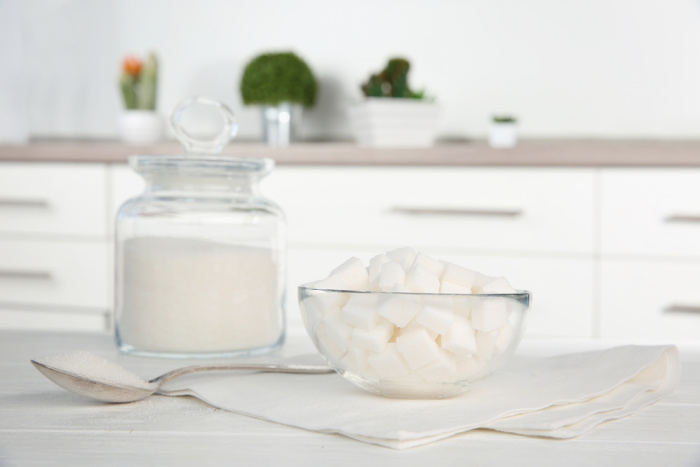

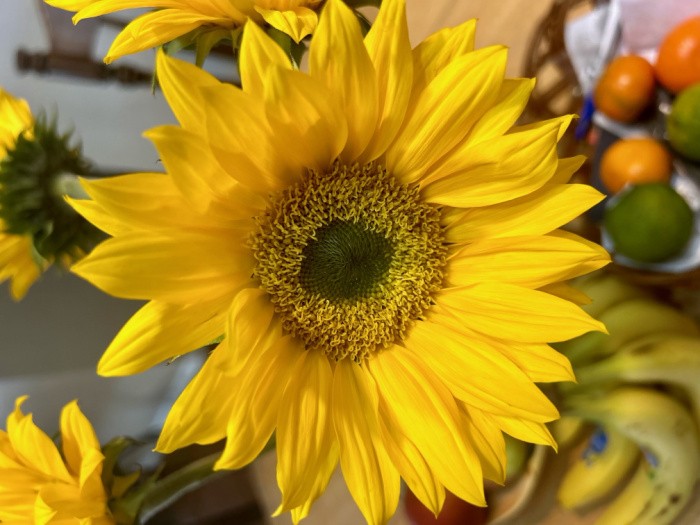
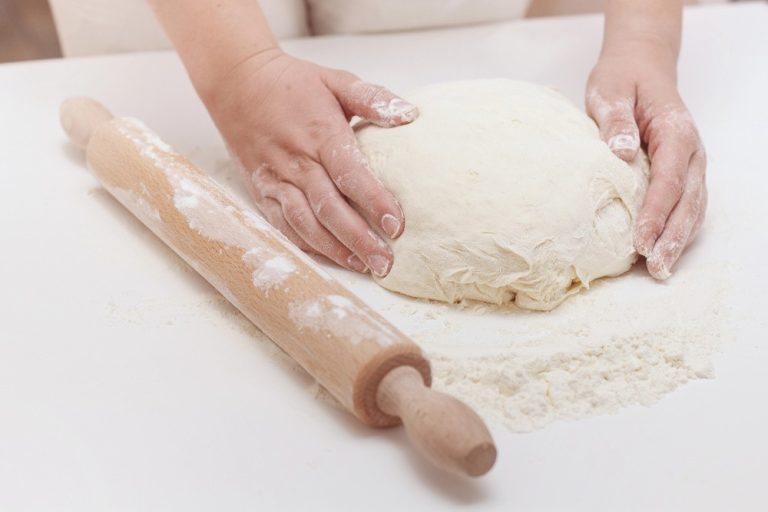
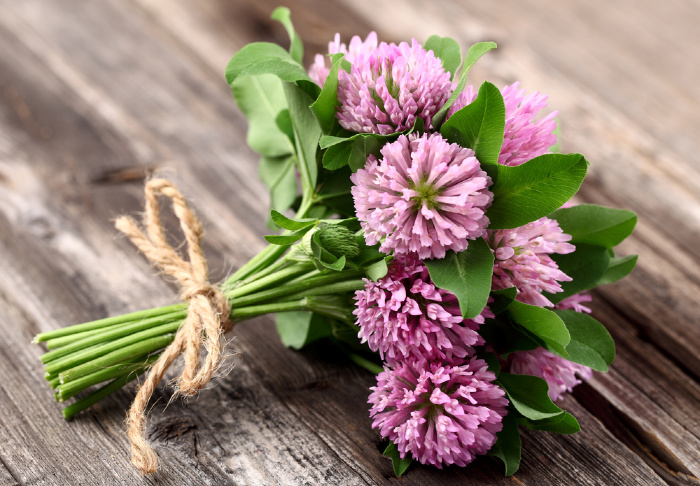
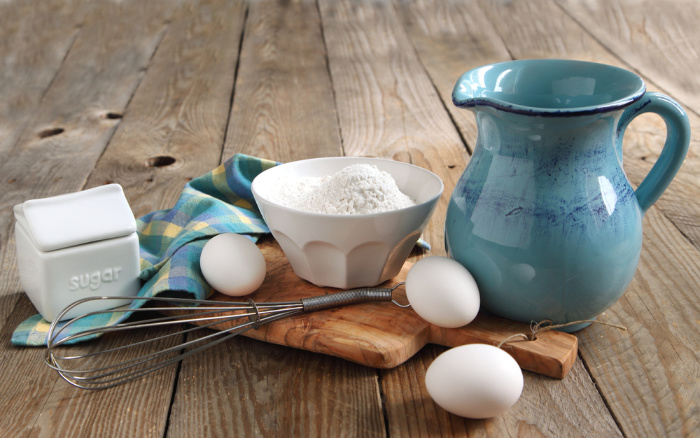
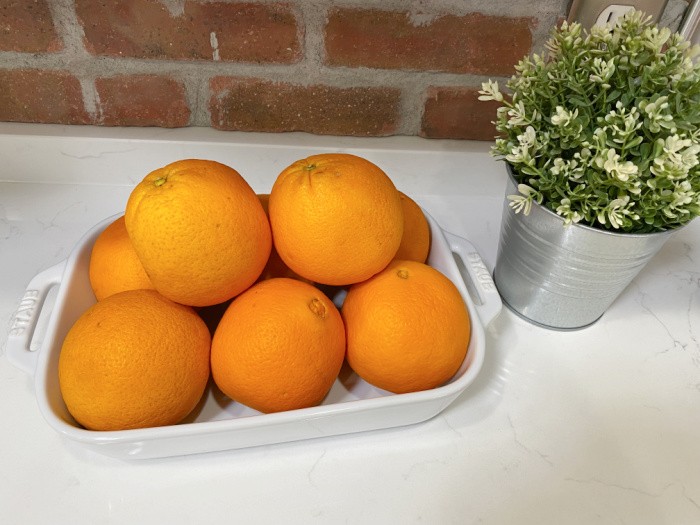
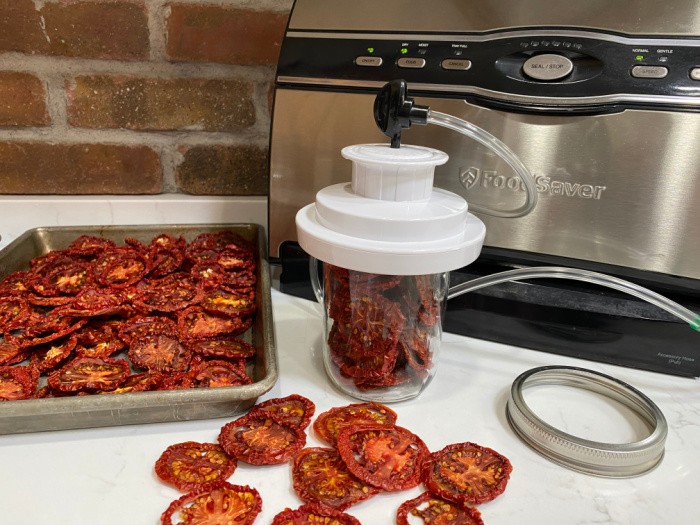














Hi Linda,
Clinical studies demonstrate that sugar is a wonderful treatment for chronic wounds. If you and your readers want to read more about it, I’ve got a couple of articles on my blog.
The Medicinal Uses of Sugar https://prepschooldaily.blogspot.com/2019/09/medicinal-uses-of-sugar.html
Sugardyne https://prepschooldaily.blogspot.com/2019/11/sugardyne-for-wound-care.html
Hi Jennifer, thanks for sharing, I love it! Linda
Yeah I reckon I’ve got me a couple of 5gl bricks of sugar and salt I stored with absorbers years ago. Oh well it’s still sugar n salt with a little additional work.
Hi Matt, just use a clean hammer! 5 gallons is a great amount to have stored!! Love it, Linda
A further problem with some sugars–if it’s corn syrup, high-fructose corn syrup, or sugar from sugar beets, it’s almost certain to be GMO as well as heavily treated with herbicides/pesticides. Look for “cane sugar”–if it just says “sugar” it’s probably beet sugar. And at least with using less sugar, I don’t feel so bad about having to spend a bit extra for organic.
Interesting historical note–around the time that polio was such a fear, there was a toxic herbicide then in use on sugar plantations. Its action on humans is virtually the same paralyzing action as polio. It was often noted back then that groups of kids who came down with “polio” had, for example, the same candy store in common–and in the case of blaming Coney Island for polio outbreaks, there was a sugar refinery nearby. When the use of that herbicide was stopped, polio outbreaks also declined sharply. Correlation isn’t definite proof, of course, but always bears further investigation!
Hi Rhonda, luckily they have some corn syrup now that does not contain high fructose sugar. That’s interesting in the correlation between sugar and Polio. My father and sister had polio. My father ended up in an iron lung. He had lifelong health issues. My sister fared much better. Thanks for the tip, I want to look into this. I wish my parents were still alive. Thank you, Linda
Now the phrase, “Give me some sugar” has different meanings to me.
Like salt, a sprinkle can be just enough to make some foods palatable. Honey is great too, but as preppers we tend to like options and anything that has multiple uses.
And in regard to nutrition and such, a bit of sugar can raise blood sugar enough to prevent a person from passing out due to low blood sugar. And making hard candy out of it is perfect as a travel compatible snack.
Hi Frank, I have a sister that lives in Texas, and the people are not only really good cooks, but they are also so kind and nice. One of the comments, I heard a lot was “Hi Sugar”! Life is so good, Linda
If you are going to store sugar also store honey and molasses. The latter one can be mixed with sugar to make brown sugar. We are bee keepers and honey is not only a sweetener, but can be put on wounds to kill bacteria. It has many other uses that regular sugar doesn’t. It also takes less to make things sweet than regular sugar. If it crystalizes just place in a pan of simmering water until it melts. Mixed with butter and /or cinnamon it is wonderful on toast! If you use honey, make sure to lower the oven temp. 25 deg. because items will burn. It makes great bread even sourdough! Also, good for your heart.
Hi Cheryl, I started making my own brown sugar with white sugar and molasses. It’s so easy! I love honey, on toast, pancakes, waffles, and toast! Great tips on honey! Linda